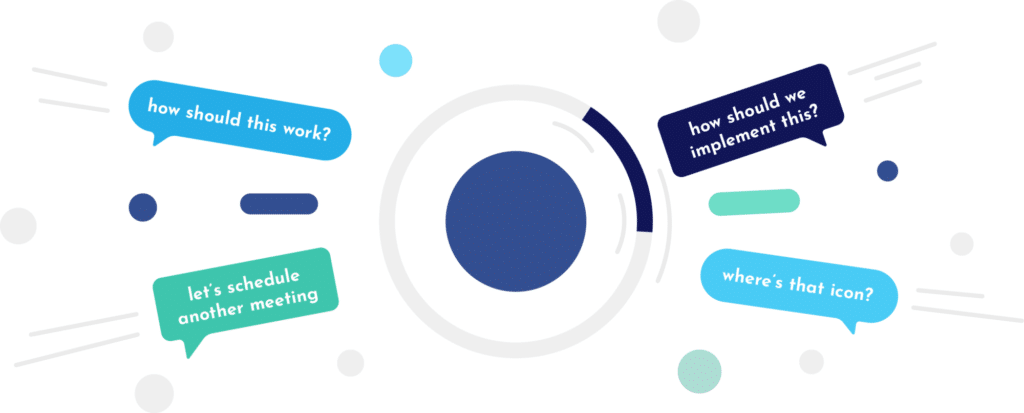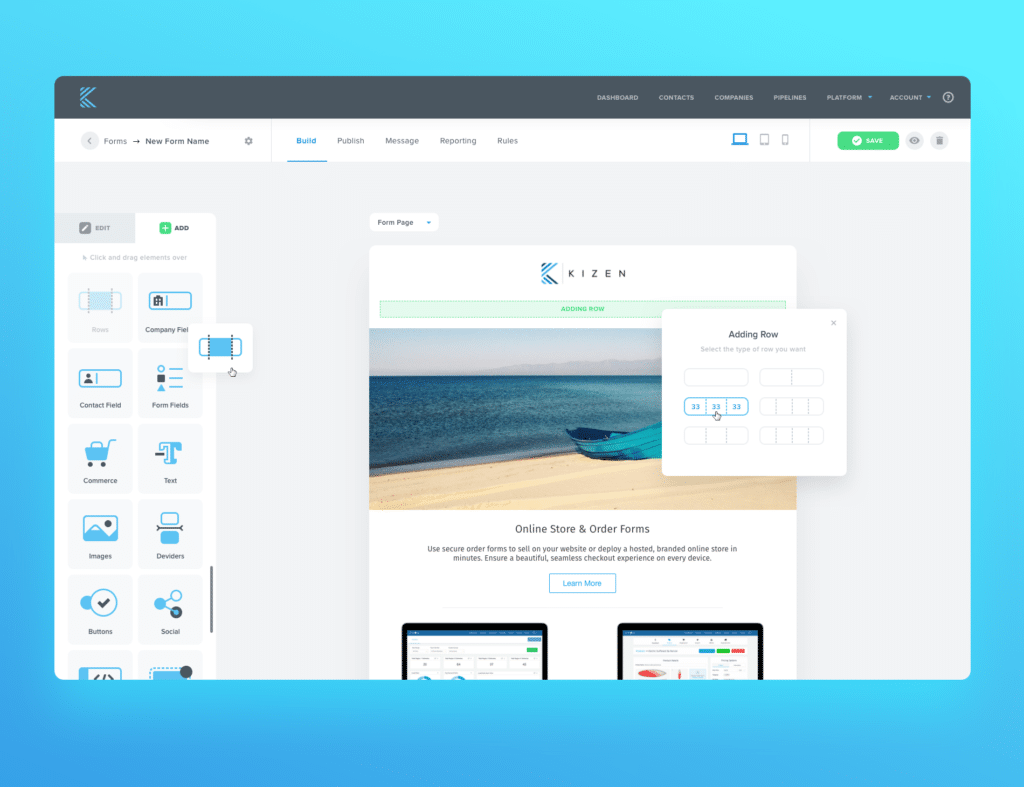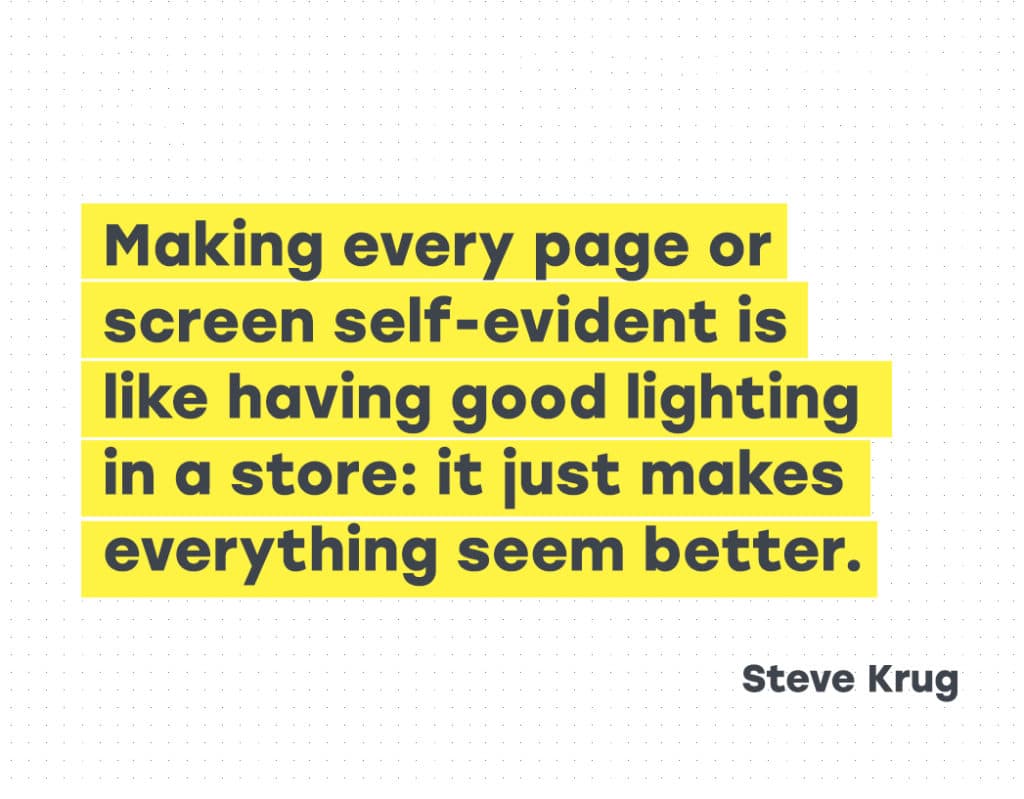BY Yazin Akkawi
Atlassian’s Head of Design on how to shape products that millions of people depend on every day.
Bigger is better. Right?
At least according to conventional startup wisdom, it is. It seems like many entrepreneurs are under constant pressure to scale from advisors and investors.
Generally speaking, aggressive scaling involves ramping up sales and marketing, raising sufficient capital, and hiring and managing new people. But for some software companies, there is an added layer of complexity.
Software’s blessing is also its curse.
Software products are, by nature, malleable and constantly changing. In today’s digital economy, there’s an increasing expectation from users to receive updates and improvements on a regular basis; to give them a voice and shape the product specifically to their needs. After all, a thoughtful, tailor-made user experience is the most important way to differentiate today.
But for tech entrepreneurs, this means always anxiously feeling like a product is never really “done” despite successfully scaling sales and operations.
And I get it. With so many people to serve, how do you decide how a product evolves and grows? When you’re getting feedback and data from millions of customers, how do you choose who to listen to and what’s important? This can be incredibly daunting, especially when customers don’t just use your product, but depend on it.
Tech giant Atlassian, which makes popular team collaboration products like Jira, Confluence and Trello, has seen all that comes with scaling digital products. With 14 products and 2,200 employees, the company has 89,000 organizations that use its products for work and productivity every day.
Design: scaling’s secret weapon.
For Atlassian, design plays a critical role in helping products scale — the company relies on a sophisticated design workflow to continue shaping the product and responding to user needs.
According to Alastair Simpson, Head of Design at Atlassian, successfully scaling products at this level requires caution when reacting to customer feedback. It can be very tempting to respond to a complaint by moving into action immediately. But Simpson and his team take their responsibility very seriously, which is why he believes it’s better to take your time to understand the impact of the changes first.
“One of our key beliefs is ‘measuring twice and cutting once.’ When you have so many customers that are using your products, any small change you make has a huge downstream impact on them. You need to design thoughtfully and with purpose, and making sure that you measure and then respond to the impact that you’re having on your customers’ day to day lives.”
Simpson adds that, while data and customer feedback is fuel for a product’s evolution, it’s better to be data-informed, rather than data-driven. In other words, customer data, in all of its forms, should focus on creating awareness of customer problems, first.
While data needs to be considered every step of the way, it should only initiate action once you can answer the following questions:
- What’s the customer problem you’re trying to solve?
- What is the success criteria for that customer?
- What is the value proposition of the solution for that customer?
The checklist provides clarity in the evolution of Atlassian products, but Simpson admits that it’s still remarkably difficult given the size of the scale.
Nevertheless, he maintains the “measure twice, cut once” philosophy to guide his team, and the organization, in being intentional and deliberate with shaping Atlassian’s suite of products to appeal to its large user base.
As products scale, one thing should stay the same: the design language.
In addition to a thoughtful and purposeful response to data, Simpson also believes that the foundation of scaling products lies in consistency; reducing friction with changes in the product as much as possible.
“You don’t want to break the mental model that your customer has when they enter your product or suite of products.” he adds, “Consistency for key interactions is important because you don’t want your customer to have to re-learn new things.”
While it may seem fairly obvious, ensuring that a product looks and feels the same as you add, modify or remove features is easier said than done. This is especially true at a company like Atlassian, where the experience needs to feel familiar across a full ecosystem of multiple products, rather than just one.
For Simpson and his team, consistency is maintained through a thoroughly developed Design Language — a library of rules pertaining to branding, marketing, product, and voice and tone. The library, available to the public online, is meant to be used as a shared resource for everyone in the company that influences the customer-facing experience. Doing so enables a cohesive experience not just for product teams, but also across all departments.
Creating design systems and design languages is a growing practice for scaling tech companies. More and more companies (even the US Government) are adopting the concept to develop standards for visual patterns that can be shared across growing teams.
When I referenced the increasing popularity of design systems, Simpson was quick to re-frame the trend to what really mattered.
“We’re not just building a design language for the sake of building a design language. We’re only building things that help our customers get work done.”
For Simpson, one thing is for certain: It doesn’t matter how big his company grows to be, or what the latest design trend is, the customer will always be in the center of it all.






